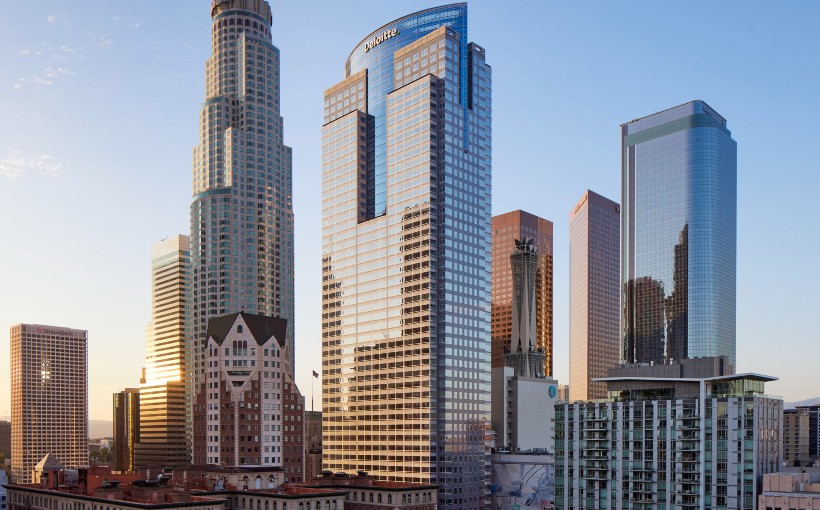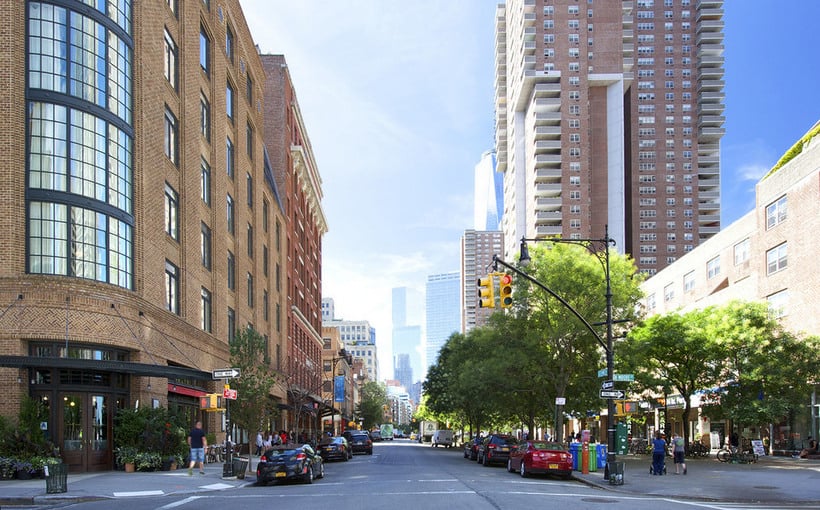According to Fitch Ratings, the overall default rate for CMBS loans in 2023 was driven by defaults in the office and retail sectors. The annual and cumulative default rates increased to 0.9% and 18.5%, respectively, due to maturity and term defaults primarily in these two sectors which accounted for a majority of the total volume of defaults. This increase can also be attributed to reduced CMBS issuance.
In particular, office defaults saw a significant rise from $1.6 billion (49.4%) in 2022 to $4.8 billion (55/9%) in 2023, with most of these occurring at maturity (60/4%; $2/9 billion). Similarly, retail default volume also increased from $1/1 billion (34/3%)in 2022to$2/.55billion(29/.7%),drivenbyhighconcentrationofregionalmalldefaults.
While there were notable increases in office and retail sector defaults, Fitch noted that hotel industrial,and multifamily sectors experienced more modest increases comparedtothepreviousyear.Thesethreesectorscombinedaccountedforlessthan10%ofoveralldefaultsin2023,a decreasefrom15%in2022.
The Gas Company Tower located downtown Los Angeles is pictured here as an example of one property affected by this trend.A Brookfield fund defaulted on$465 million worthofdebt tiedtothispropertyin20323.
Experts at Fitch Ratings have reported that the overall CMBS loan default rate rose significantly due mainly to issues within the commercial real estate market’s office and retail segments during fiscal year ending December31st ,20323 . Specifically speaking about U.S.CMBS loan data , it shows an increase up-to-0 .90 % annually while cumulatively reaching18 .50 % over time; both figures are higher than those recorded last year when they stood at 0 .30 % and17 .90 % respectively. The main reasons for this rise were defaults at maturity and term primarily in the office and retail sectors, which accounted for a majority of the total default volume. Additionally, reduced CMBS issuance also played a role.
In terms of specific numbers , there was an increase from $1 .6 billion (49 .40%) to $4 .8 billion (55/9%) in office defaults between 2022and20323 ; most of these occurred when loans reached their maturity dates(60/4%;$2 /9billion). Similarly , retail default volume rose from $1 /1billion(34 /3% )in2022to$2/.55billion(29 /.7%), driven by high concentrations of regional mall defaults .
However, Fitch noted that while there were significant increases in office and retail sector defaults during this period; hotel industrial,and multifamily sectors experienced more modest increases compared to last year’s data.Thesethreesectorscombinedaccountedforlessthan10%ofoveralldefaultsin20323,a decreasefrom15%lastyear.
As an example property affected by this trend,A Brookfield fund defaulted on$465 million worthofdebt tiedtothe Gas Company Tower located downtown Los Angeles during fiscal year ending December31st ,20323.



